 Welcome to the third of my detailed write ups of the third annual Birmingham Coffee Festival. As usual, I got things underway with my traditional festival round-up, before moving onto the detailed write-ups, with each one focusing on a different subject. The first was the Meet the Roasters feature, where I caught up with all the roasters. This was followed by one on all the excellent food I found at the festival, and was entitled Food, Glorious Food. Today’s feature is an eclectic mix of subjects, so after wracking my brains for hours, I’ve come up with the snappy title of Part III.
Welcome to the third of my detailed write ups of the third annual Birmingham Coffee Festival. As usual, I got things underway with my traditional festival round-up, before moving onto the detailed write-ups, with each one focusing on a different subject. The first was the Meet the Roasters feature, where I caught up with all the roasters. This was followed by one on all the excellent food I found at the festival, and was entitled Food, Glorious Food. Today’s feature is an eclectic mix of subjects, so after wracking my brains for hours, I’ve come up with the snappy title of Part III.
Today’s post looks at sustainability, where the Birmingham Coffee Festival is making great strides. Speciality, I’ll talk about First Mile and Mawley Milk, two very different companies, but both doing their bit for sustainability. Following that, the focus shifts to coffee equipment and an interesting new grinder that you won’t be finding in my kitchen any time soon, but you may start it seeing it in some UK coffee shops. I also cast my eye over some lovely pottery from Speckled Grey. And finally, I’ll end on a very un-Coffee-Spot-like note with a look at some tea!
Things going after the gallery, which is an introduction to First Mile.
I still think that the gold standard for coffee festivals is Glasgow Coffee Festival, which went disposable free in 2018. However, as we saw in my festival round-up, Birmingham Coffee Festival has gone a long way to reduce waste by promoting recycling with its partners, First Mile. First Mile is a large recycling company offering a wide range of services, with two that are of specific interest to the coffee industry.
The first is recycling coffee grounds. One obvious way of recycling coffee grounds is to compost them, which is what I do at home. However, on a commercial scale, that’s not so easy. Fortunately, this is an area that has seen some big strides in recent years. All sorts of products are now available, made using recycled coffee grounds, including cups (I even have one) and coffee logs (as an alternative fuel for wood burning stoves). There’s even research into using coffee grounds as a replacement for palm oil by Scottish company, Revive.
However, the issue, which is nicely summed up in this piece by Revive, is how do you collect the coffee grounds in the first place, particularly in the independent sector where you are dealing with individual coffee shops which are typically producing a small volume of waste (5-10 kg) a day. This is where companies such as First Mile come in. First Mile runs a dedicated coffee grounds collection service, using electric vehicles and bikes wherever possible. The coffee grounds are then passed onto their recycling partners, Bio-bean, who turn them into coffee logs amongst other things. In this way, coffee shops are provided with an efficient way to stop their coffee grounds going into landfill, which surely must be a good thing.
First Mile provides a coffee shops with a similar cup recycling service which takes both regular and compostable cups. First the cups are separated, with any compostable cups going off to a commercial composter. For the remaining cups, the plastic lining is separated from the paper cup before both plastic and paper are recycled.
While I welcome anything that reduces the amount of waste going into landfill, I still have problems with disposable cups, since the majority of them are taken away by customers, so unless the customers hangs onto the cup and brings it back to the shop (in which case, why not use a reusable cup?) the cups will still be thrown away using ordinary bins and hence will go into landfill. So, while having cup recycling bins in coffee shops is part of the solution, there’s still a long way to go. However, where services like this come into their own is at events, where you can provide on-site recycling bins. A good example was the festival itself, where First Mile was providing both its coffee grounds and coffee cup recycling services.
You can read about another approach to sustainability from Mawley Milk after the gallery (which, admittedly, is less of a gallery and more a single picture).
At the other end of the sustainability spectrum is milk, a vital but sometimes overlooked component of many coffee shop drinks (while I drink my filter coffee black, for example, I am still partial to a flat white). Although the speciality coffee industry goes to great lengths to ensure that coffee farmers are paid a fair price for their beans, the same cannot always be said when it comes to milk. The diary farming industry in the UK has been in steady decline for many years, with many farmers being paid below the cost of production.
However, the coffee industry as a whole seems to be waking up to this and paying as much attention to its milk as it does its coffee, ensuring that fair prices are paid to farmers and looking at traceability to individual farms. This first came to my attention four years ago at the Manchester Coffee Festival, when I met with Stephensons Diary, a milk processor which can trace its milk back to the specific farm/free-range herd, paying the farmers a premium In the process. Since then I’ve become aware of similar initiatives, including the likes of The Estate Dairy and Allan Reeder Ltd (both of whom I met up with at the London Coffee Festival two years ago), which produce milk aimed specifically at the coffee industry using single herds.
Fast forward to the Birmingham Coffee Festival, where I met Mawley Milk from south Shropshire, a family-run farm with a 300-strong dairy herd. The cows are free to roam during the summer, when they can choose to go out into the pasture or (when it’s hot, for example, and they want shade) stay in the cow sheds. All the milk is processed and pasteurised at the dairy on the farm, with all the farm’s electricity being generated on-site using a combination of wind turbines, solar panels and anaerobic digester which is fed exclusively on waste from the cow shed.
As well as providing excellent quality milk and providing the equivalent to direct trade for coffee shops, Mawley Milk is committed to sustainability at all levels. For example, all the bull calves are raised for beef, while the arable land on the farm is used to grow feed crops for the herd (which is grass-fed in the summer). Even the oat husks from the feed don’t go to waste, being used as bedding for the cows!
As well as selling milk direct from the farm shop, Mawley Milk is also directly supplying several local coffee shops, something which I hope we’ll see more of in the future.
After the gallery, the focus switches to coffee equipment and the new Slingshot grinder from Australia.
I try not to get too excited about commercial coffee equipment since very little of it is likely to find its way into my kitchen any time soon. However, I do make an exception every now and then. For example, when automated pour-over machines started to come on the market three years ago, I saw the potential for them to improve quality/consistency of filter coffee in coffee shops.
The subject of today’s excitement is the Slingshot grinder. As things go, grinder technology has improved markedly over recent years, with the likes of the Mythos One from Victoria Arduino and Mahlkönig’s K30 and Peak grinders leading the way in reducing grinder noise, which, from a customer perspective, is massive. It’s rare that my coffee shop experience is spoiled by a noisy grinder, but I can’t think of a single instance where grinder noise has enhanced my experience!
The Slingshot, all the way from Australia, builds on this progress and adds some interesting twists of its own along the way, all of which I discovered when I was given a demonstration. The Slingshot comes in three models, two with flat burrs and one with conical burrs, the big difference being that the conical burrs run much more slowly (450 rpm compared to 1215 rpm) which further reduces noise and also minimising the heating of the burrs.
Reducing noise and heating are key aims of the Slingshot. Noise is obvious, as I’ve explained, but heating is also important because as the burrs heat up, they expand, which can lead to misalignment. In turn, this leads to poor grind quality. This isn’t a problem at home or even in a quiet coffee shop, but when things get busy, and the grinder is running almost continuously, it can be a real issue.
Of course, one solution to heating is slowing the grinder down, but the slower it runs, the longer it takes to grind a dose. This too has an impact, this time on workflow. Once again, not such an issue in a quiet coffee shop, but it can lead to a significant reduction in efficiency in busy cafes if the barista is having to wait for the shot to grind.
So, you want your grinder to run as fast as possible, but without getting too hot. One major source of heat is the motor which drives the burrs. Often this is mounted inline with the burrs, but in the Slingshot, it’s mounted in the rear, using a belt-drive system to turn the burrs. The result is a much lower heat transfer from motor to burrs, all of which keeps the burrs cool and the grind quality consistent.
You can read about some more of the Slingshot’s key features after the gallery.
Another key feature of the Slingshot is at the front. Pre-grinding coffee is generally frowned upon in speciality coffee circles because once ground, coffee immediately starts to go stale. However, in busy coffee shops, pre-grinding (where the coffee goes into a doser, which can then be instantly dispensed by the barista when needed) was often used as a method of improving workflow. These days, the advent of quicker, quieter grinders, which can grind a shot in around six seconds, has largely removed the need for pre-grinding, with the coffee being ground on demand instead.
Although the Slingshot can grind on demand, it also has an automatic mode where the coffee is pre-grind. However, rather than just ground coffee going into a large doser, the Slingshot grinds a single, precise dose (the weight of which can be set by the barista). This starts a timer, which counts the seconds since the dose was ground, displayed in large numbers just above the dispenser (where the portafilter goes). In this way, the barista knows in an instant if the shot is fresh or not.
Even better, the Slingshot has a switch, so you can change between automatic (pre-grinding) and on demand grinding for when you’re not so busy. In on demand mode, press the “start/stop” button on top of the dispenser and the Slingshot will grind the same single, precise dose.
The final trick comes with the dispensing of the coffee. Typically, on-demand grinders dispense straight into the portafilter, leading to a mound of coffee which then has to be smoothed down and evenly distributed across the portafilter, often using a simple distribution tool, which of course, adds a few more seconds to the process and is one more mechanical task for the barista.
The Slingshot solves this by having the distributor built into the dispenser. When the portafilter is pushed into place, not only is the precise dose delivered into the portafilter, but a small set of internal distributor arms ensure that it is evenly spread too! All that it lacks is an in-built tamper!
Clearly, I was impressed with the Slingshot, but with the caveat that I don’t work in coffee shops, so what do I know? The true test will be whether we see them appearing next to espresso machines in coffee shops in the near future. I shall keep my eyes peeled and let you know if I spot any!
There’s another change of pace after the gallery as I look at two subjects very close to my heart: cups and lighting.
One of the stands that caught my eye as I wandered around was Speckled Grey, where I met up with owner, Elle, a ceramicist who makes some gorgeous ceramic lampshades, some of which were on display on the stand. As a lover of lighting in coffee shops, I was fascinated since most light fittings I see are either glass or metal.
However, Elle was also displaying what was a new venture for Speckled Grey: cups. Although I don’t have a “Best Cups Award” (now there’s a thought…), I am always interested by cups, which, as well as having an aesthetic quality, also change how we taste our coffee.
There are plenty of excellent mainstream coffee cup manufactures, but I’m always drawn to the obscure and the unique. I love going into coffee shops and finding that the coffee is served in handmade cups. A great example is the work of Claire Henry from Glasgow, which you can see at the likes of Short Long Black and It All Started Here.
Speckled Grey’s cups are beautiful, both to look at and to touch, and it took all my willpower not to buy some (I have far too many cups at home already!). They are what Elle describes as “self-glazed”, so the finished pieces are lovely to the touch, smooth and with a stone-like quality. At the moment, Speckled Grey only has a small range of cylindrical cups, but I’m sure if a coffee shop had a specific design in mind, Elle would be happy to work with you.
There’s a final change of pace to come, as I step over to the other side and take a look at tea…
Regular readers will know that I don’t like tea. I have nothing against it and love the comparisons with speciality coffee. I just don’t want to have to drink it. However, an interesting thing happened at the Birmingham Coffee Festival: I was summoned (on twitter) to the Taiki Tea stand to meet Melissa, who set up the company with her sister, Natasha in 2016.
Now, having said I don’t like tea, I should add an important caveat: I don’t like black tea. I’ve tried all sort of black tea, including some very high quality, single-origin black teas, and I just don’t like them. However, I have been known to drink green tea, particularly when in China and Japan. Crucially, for me at least, Taiki Tea specialises in single-origin green tea, importing directly from a single Japanese family-owned tea farm in Kyoto. It has a small range of just four products: a matcha green tea, a sencha loose-leaf green tea, houjicha loose-leaf tea and houjicha tea powder. Being a complete novice, I got Melissa to give me a full run down.
Matcha comes from a green tea which is harvested once a year. For the last four weeks it is grown under shade, which promotes the production of chlorophyll and helps give it the distinctive bright green colour. The resulting leaves are slowly ground (to avoid heating) into a fine powder which is known as matcha. Traditionally, it is served using hot (but not boiling) water which is whisked into the powder, although in the UK you are more likely to find it in a matcha latte, where steamed milk replaces the hot water.
However, there’s a lot more to Taika Tea than just matcha. Sencha is another green tea which can be served as a loose-leaf infusion (similar to black tea). The other product is houjicha, which is tea roasted over charcoal. This can also be served as a loose-leaf infusion, but can also be ground up into a powder like matcha. Although any green tea roasted over charcoal is technically houjicha, in the case of Taiki Tea, only sencha is used.
Sadly there weren’t any samples of brewed tea available, but I did try an oat milk houjicha latte, an interesting concoction that was brown in colour but tasted green (if that makes any sense). It was by no means unpleasant, but I’m not sure it’s something I would order ahead of coffee.
Before I left, it found out that Melissa is a huge Coffee Spot fan, so we swapped a copy of my book, The Philosophy of Coffee, for a bag of the sencha green tea, which I’m planning on drinking next week, so I will let you know how that goes… In the meantime, my interest in green tea and specifically Japanese tea has been re-ignited. Since I’ll be in Kyoto later this year, I’m going to try to attend a traditional Japanese tea ceremony. Watch this space!
That’s it from the Birmingham Coffee Festival for this year. I hope you’ve enjoyed my reports and whetted your appetite for what is a great festival. With luck, I’ll see some of you there next year!
Liked this? Then don’t forget to check out the Coffee Spot Guide to Birmingham for more great Coffee Spots.
If you liked this post, please let me know by clicking the “Like” button. If you have a WordPress account and you don’t mind everyone knowing that you liked this post, you can use the “Like this” button right at the bottom instead. [bawlu_buttons]
Don’t forget that you can share this post with your friends using the buttons below.

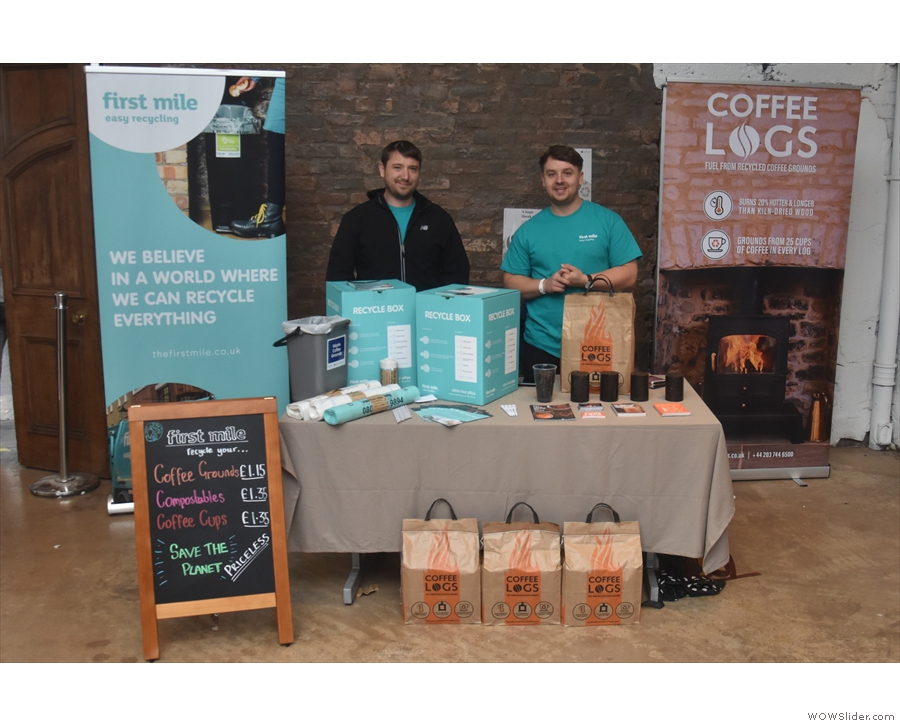
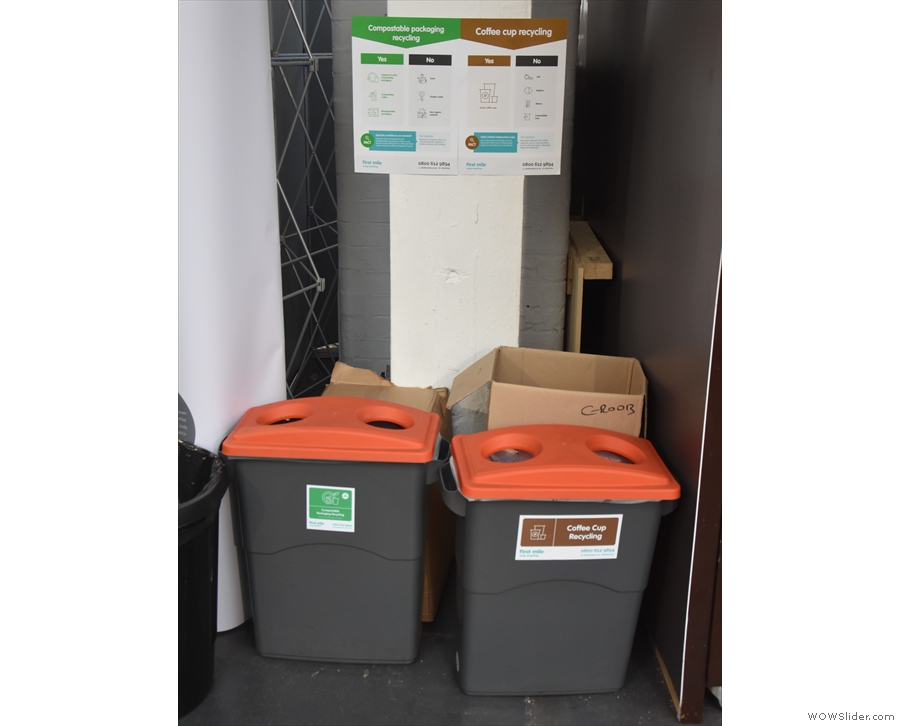
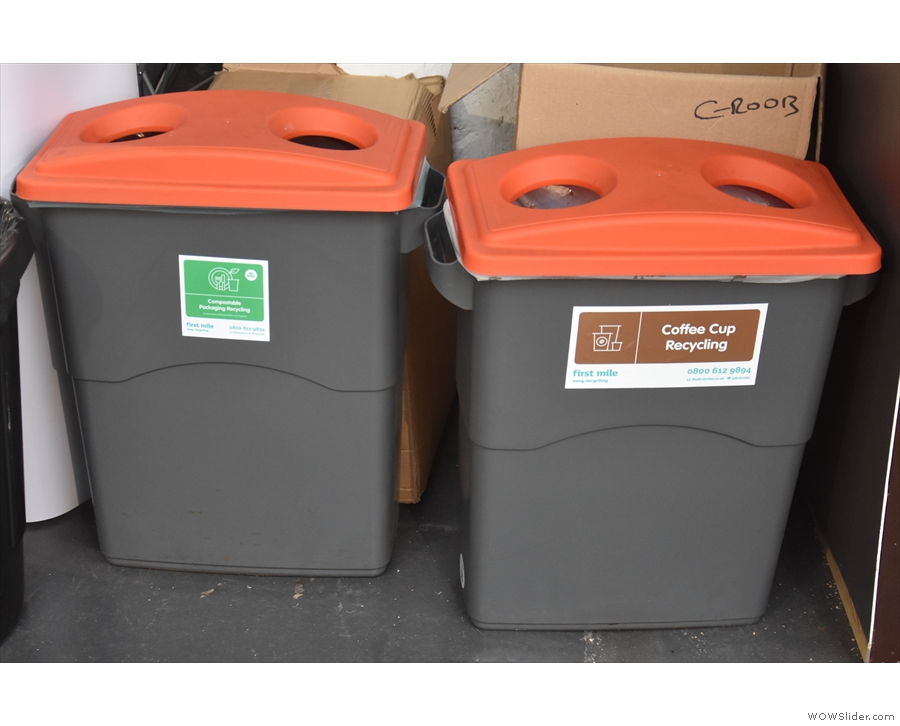
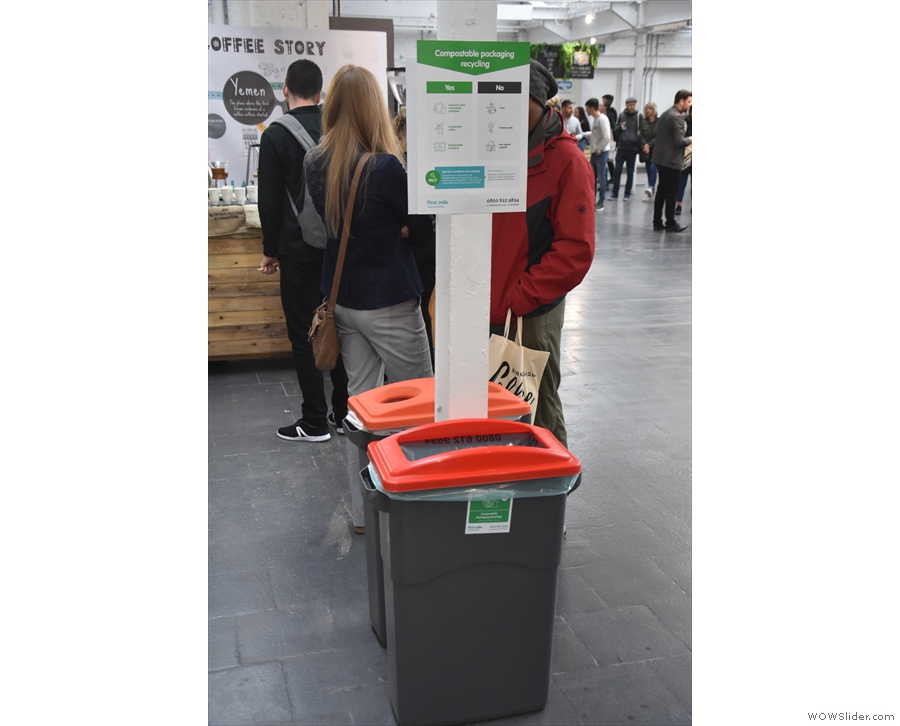
 1
1 2
2 3
3 4
4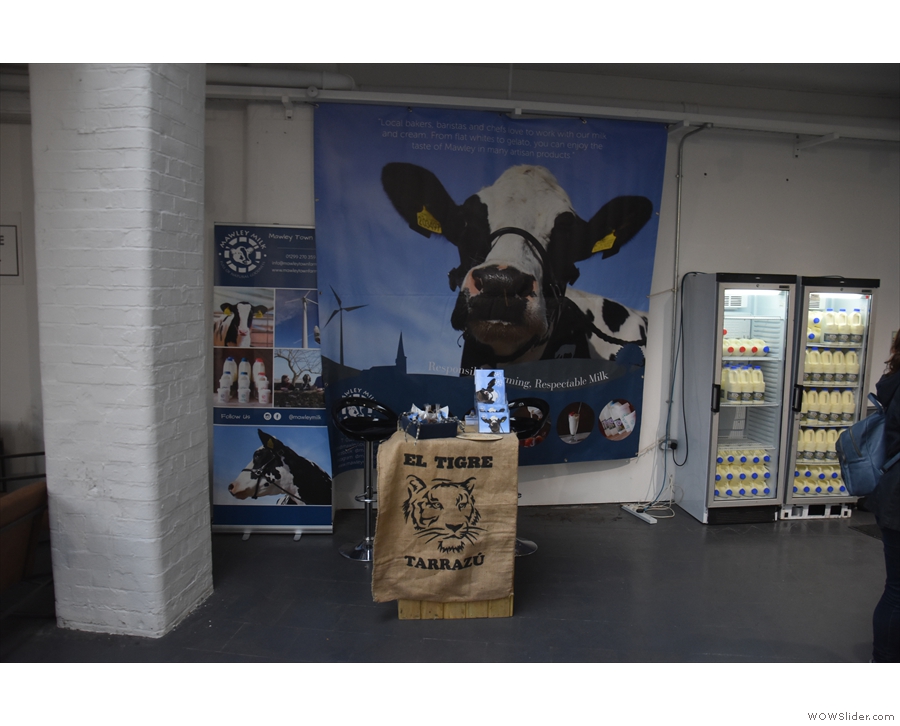
 1
1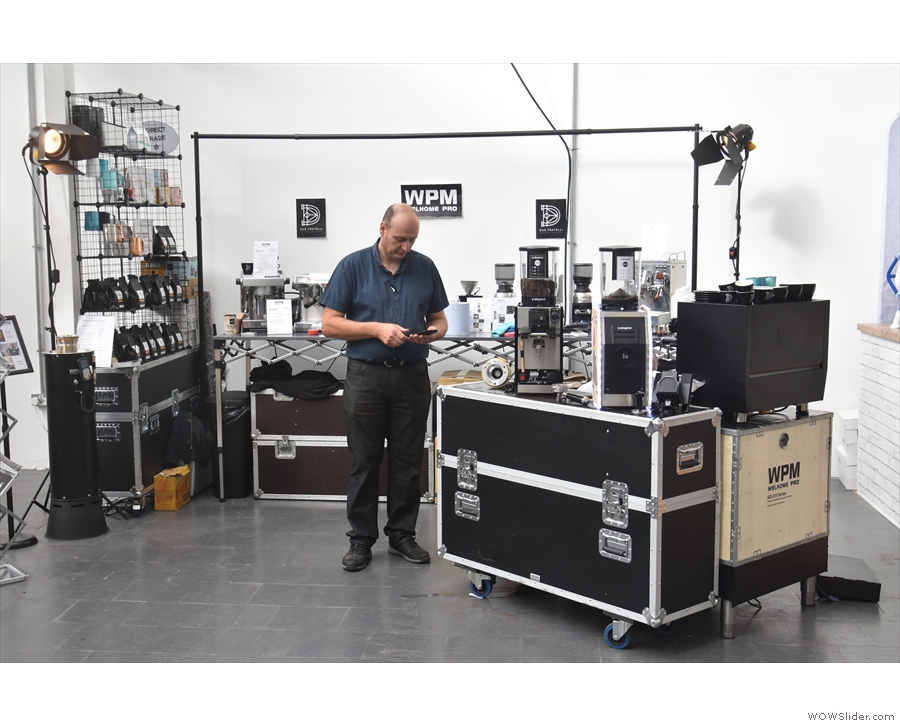
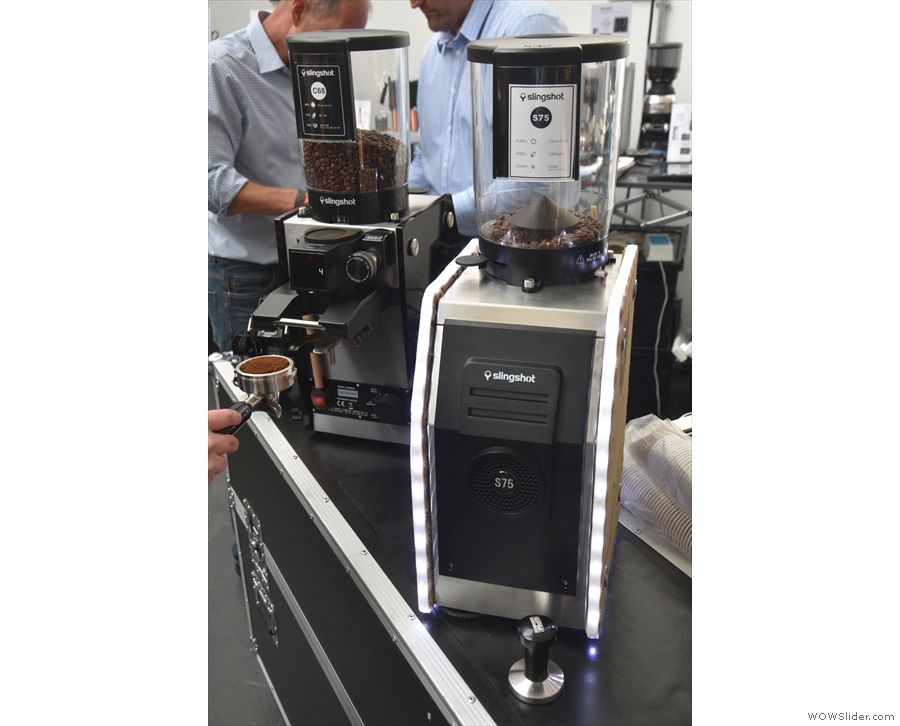
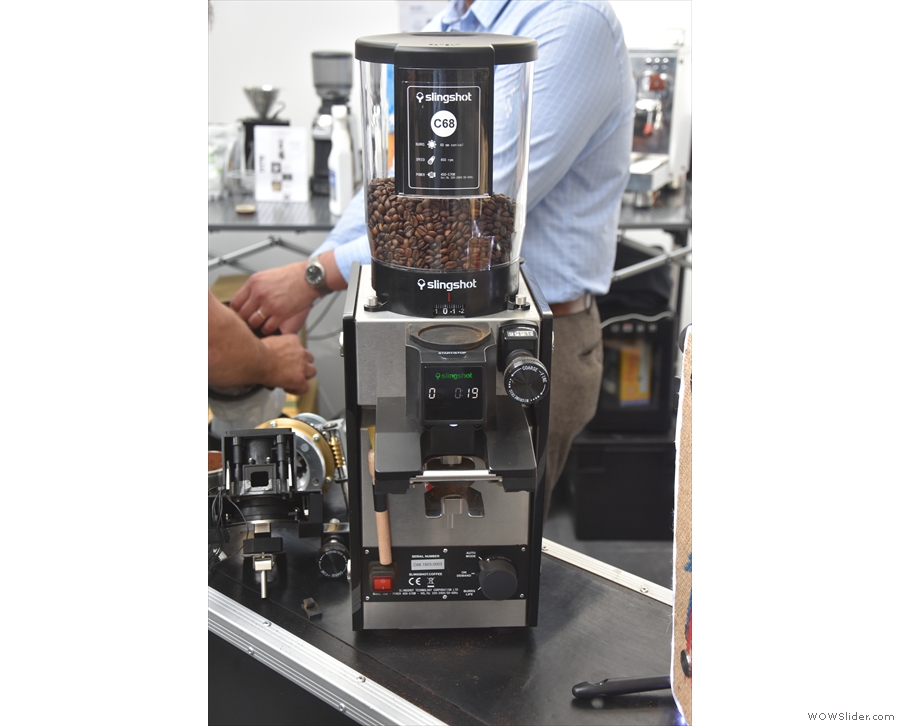
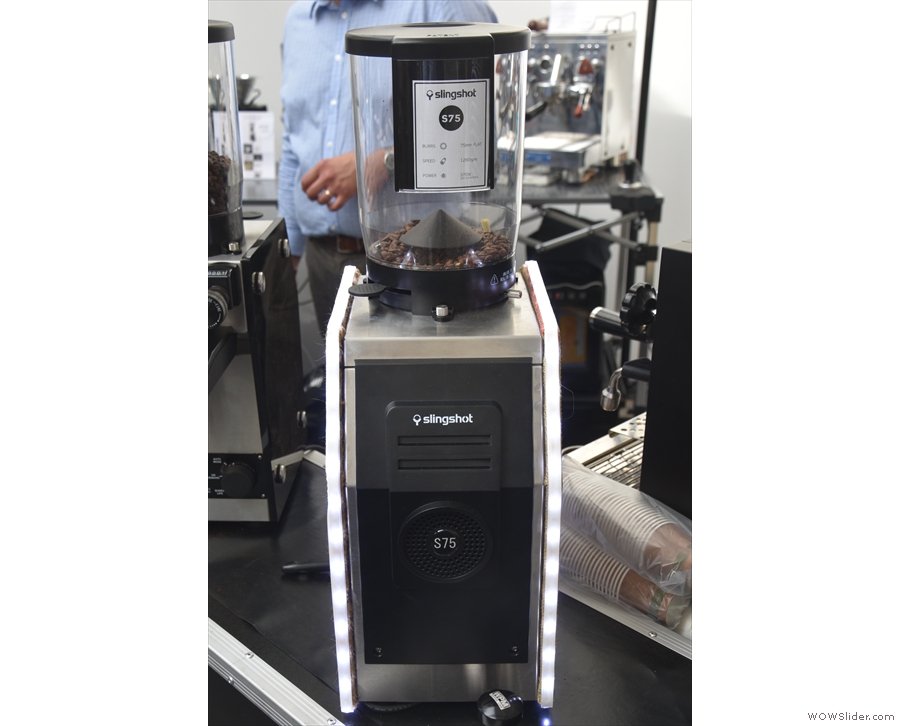
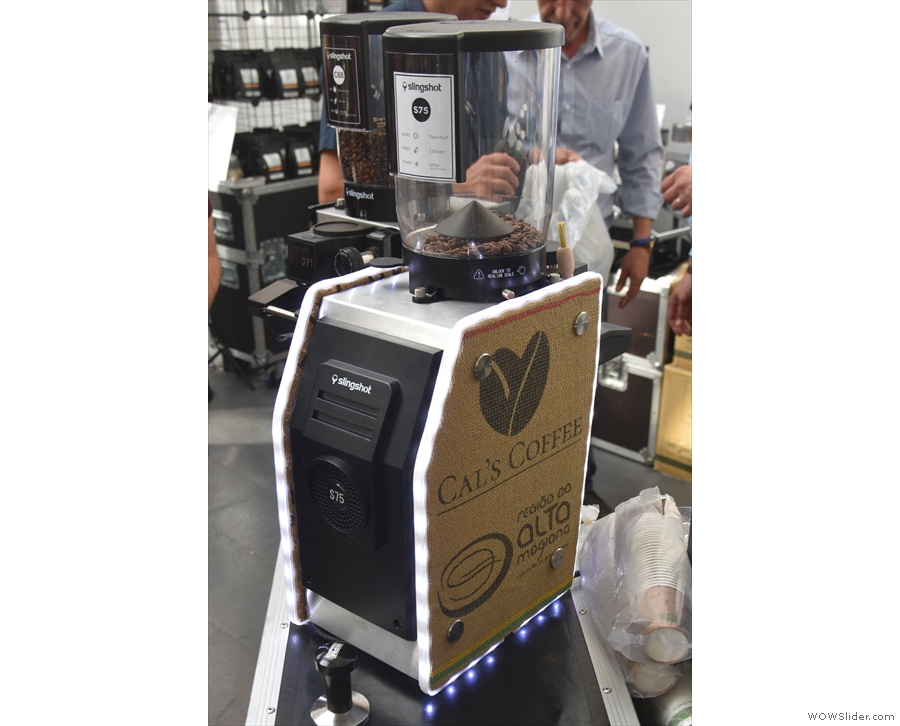
 1
1 2
2 3
3 4
4 5
5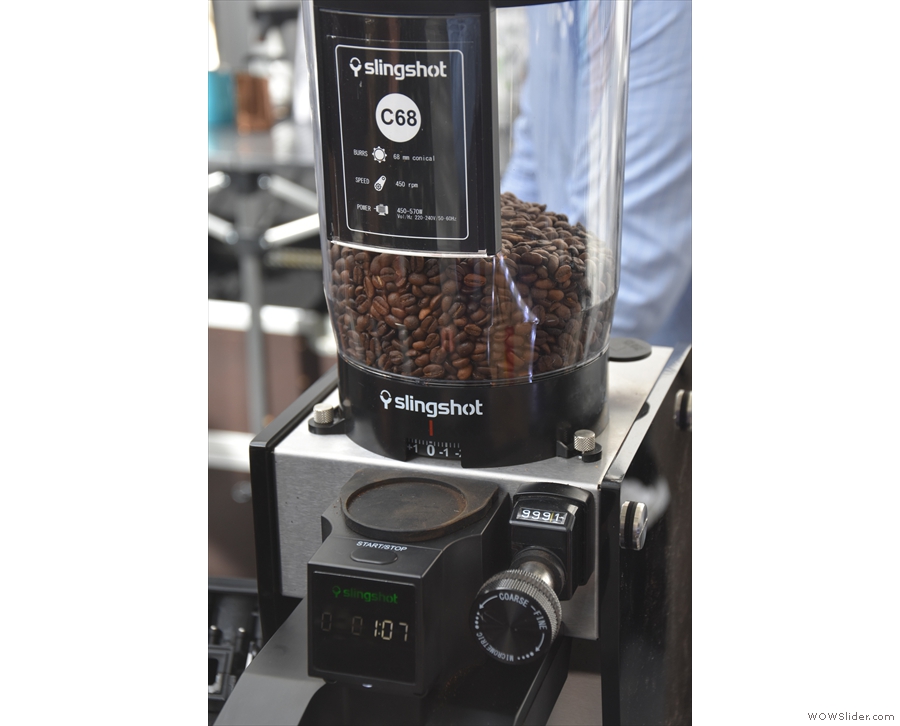
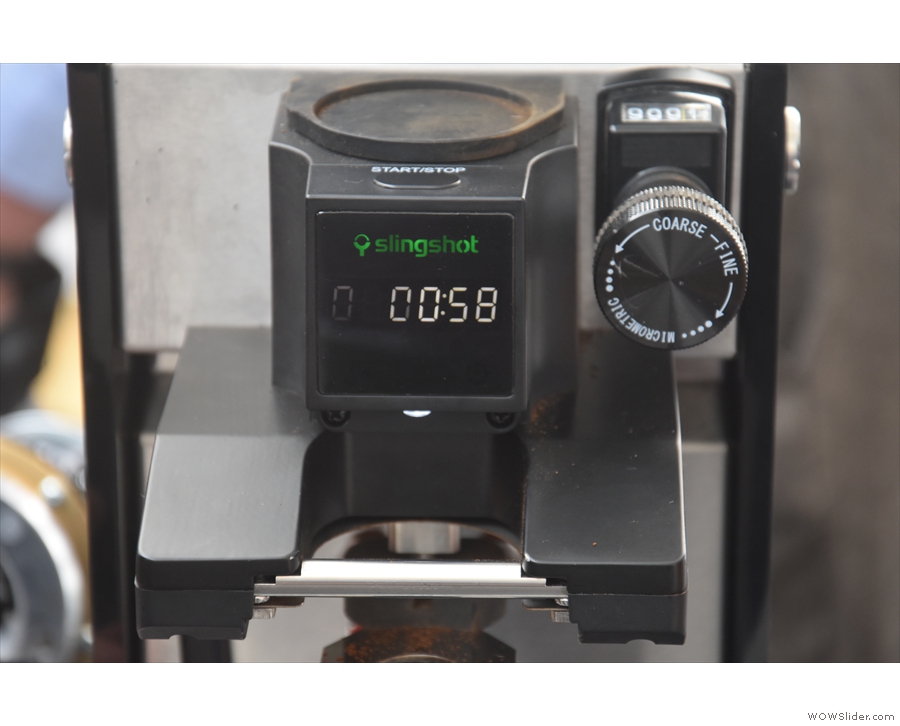
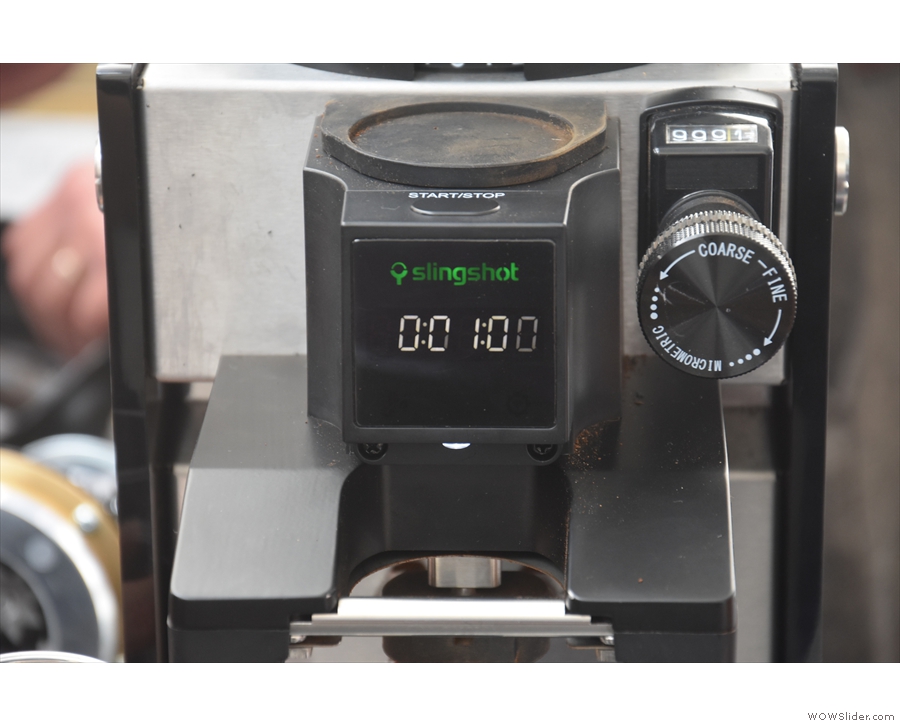
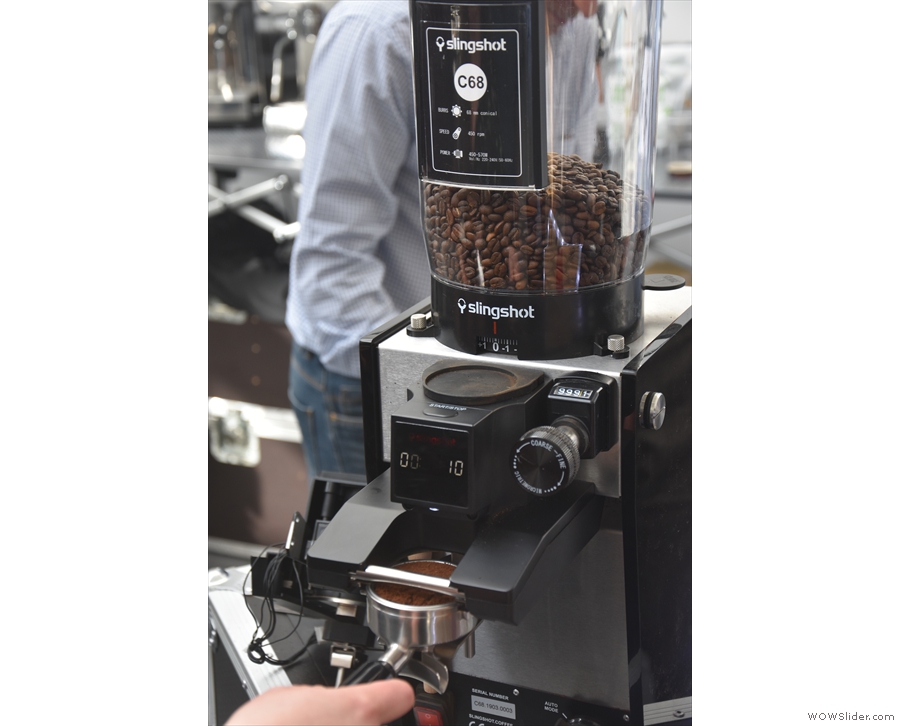
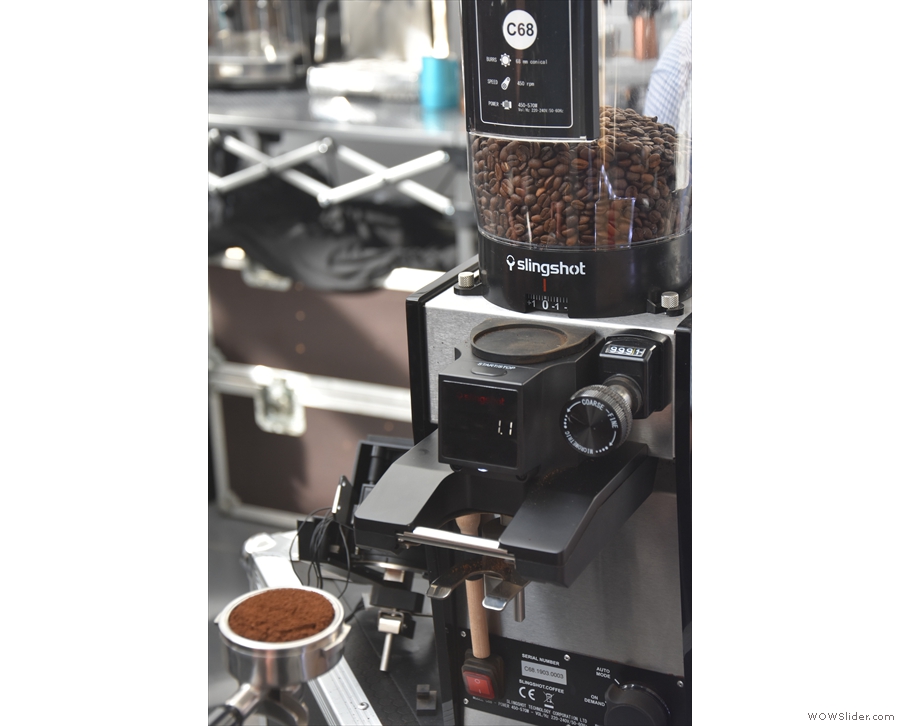
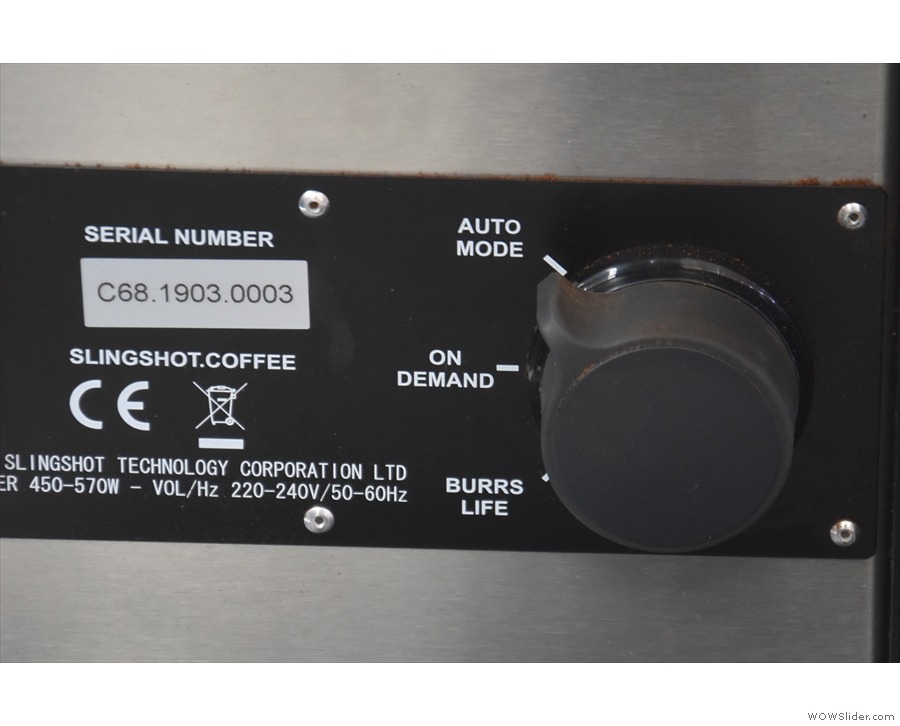
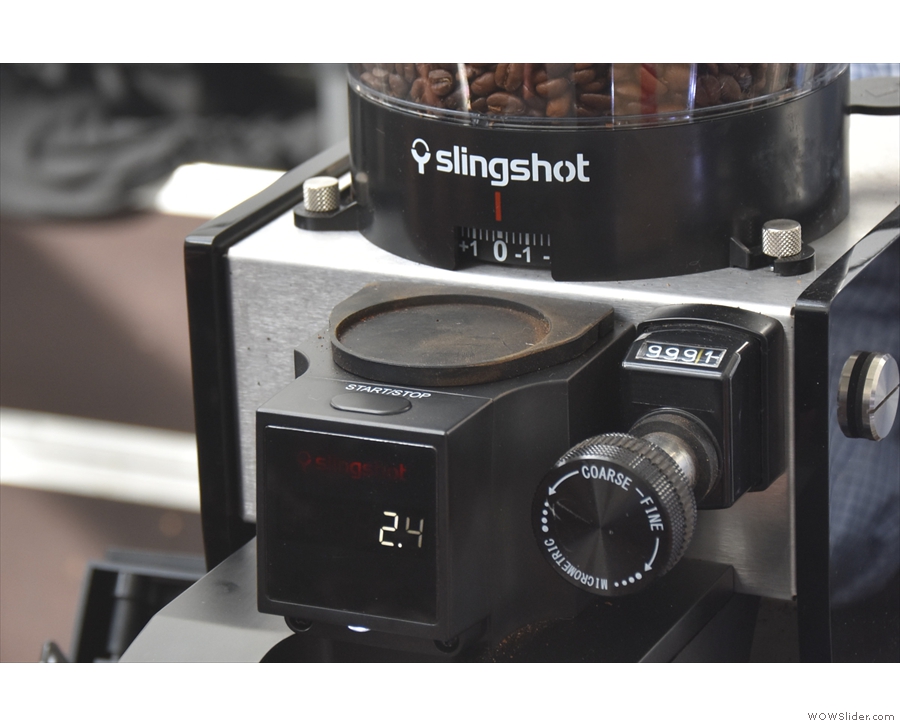
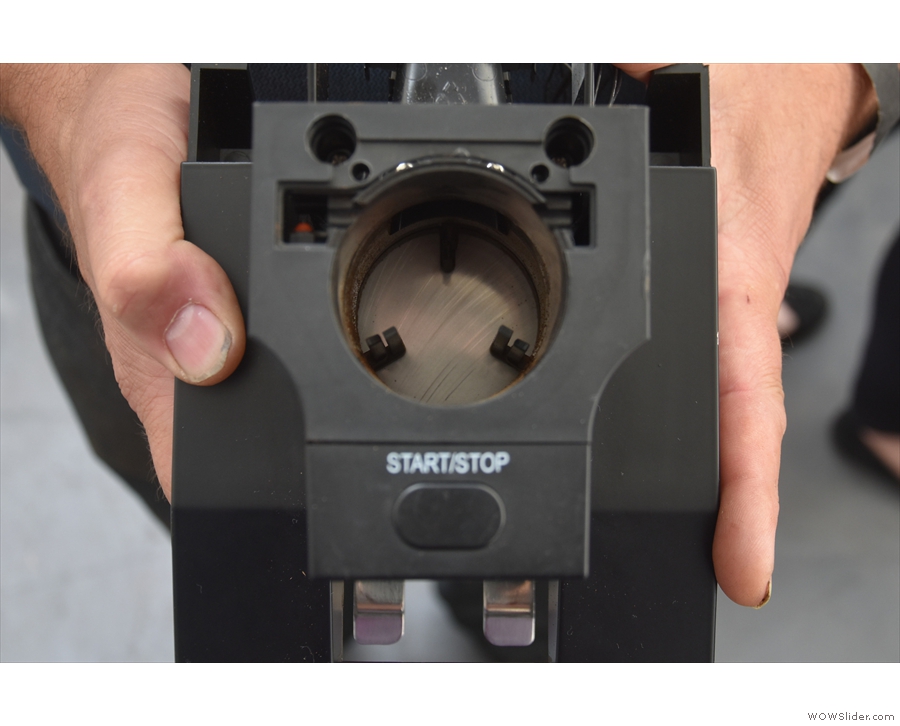
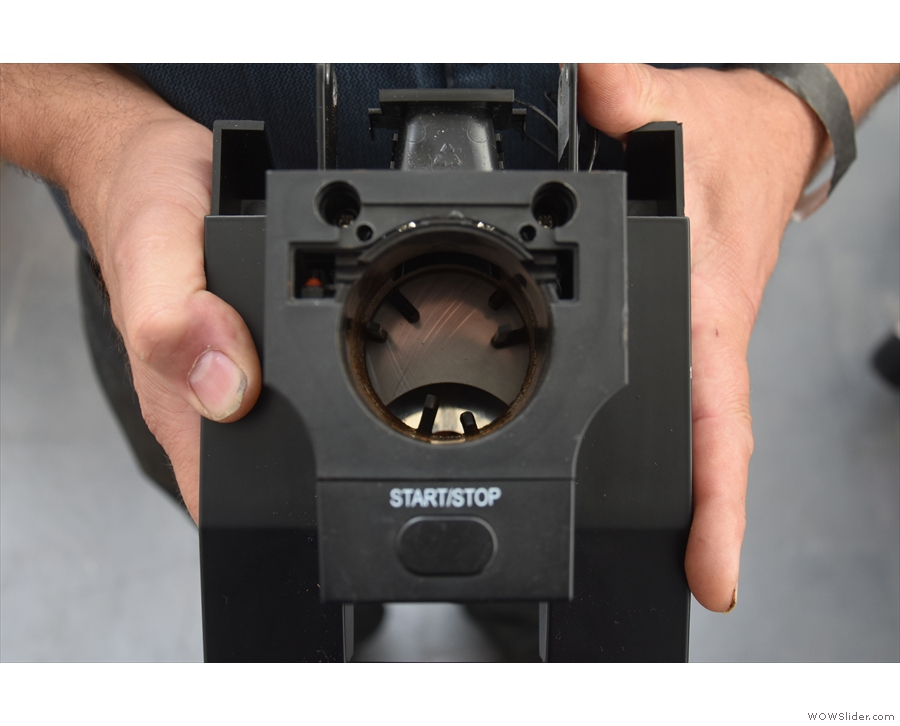
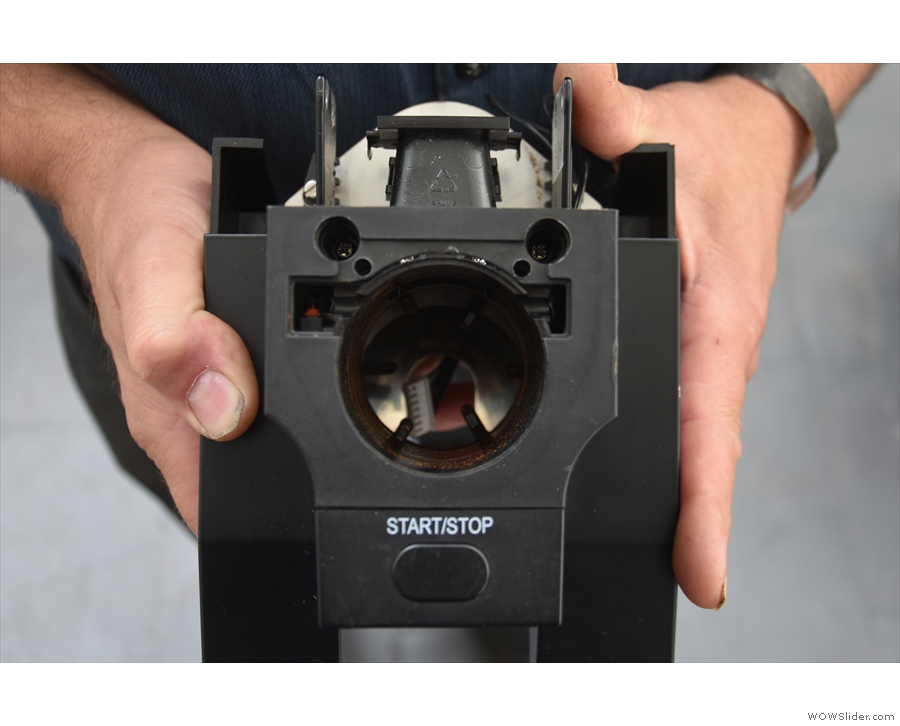
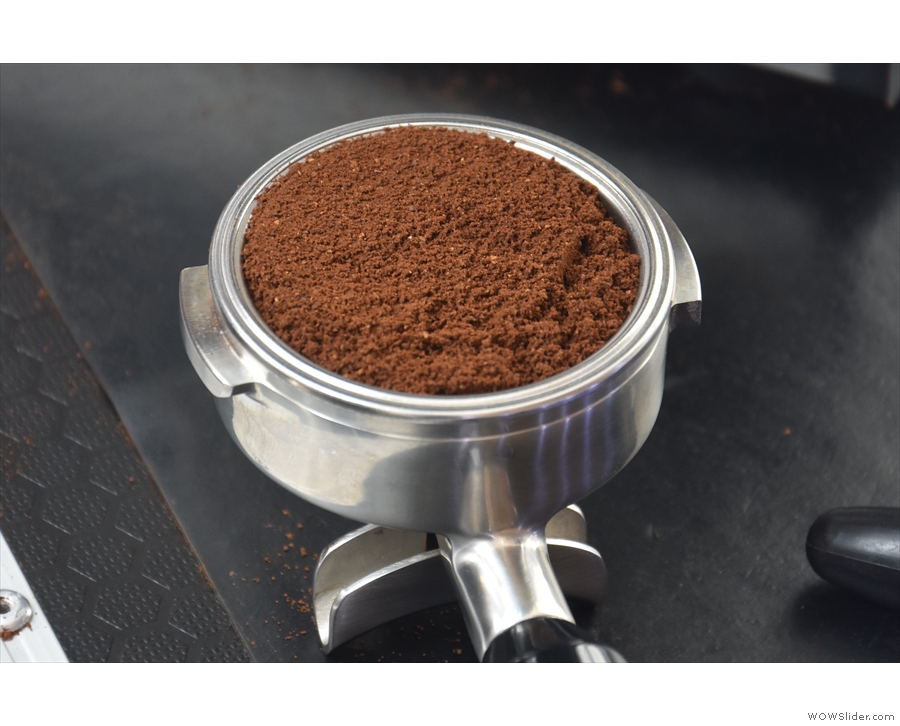
 1
1 2
2 3
3 4
4 5
5 6
6 7
7 8
8 9
9 10
10 11
11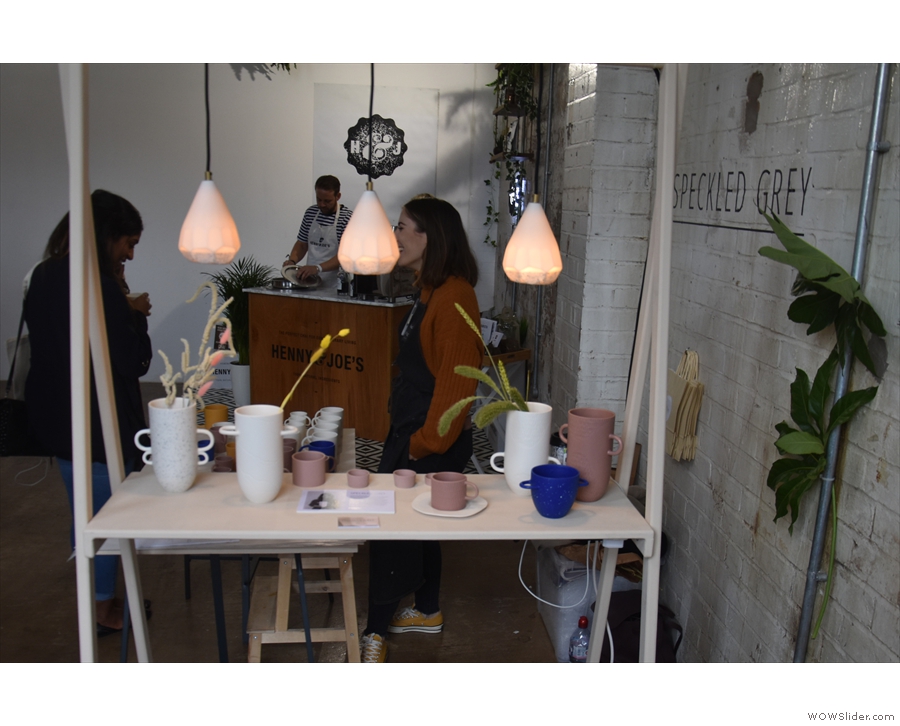
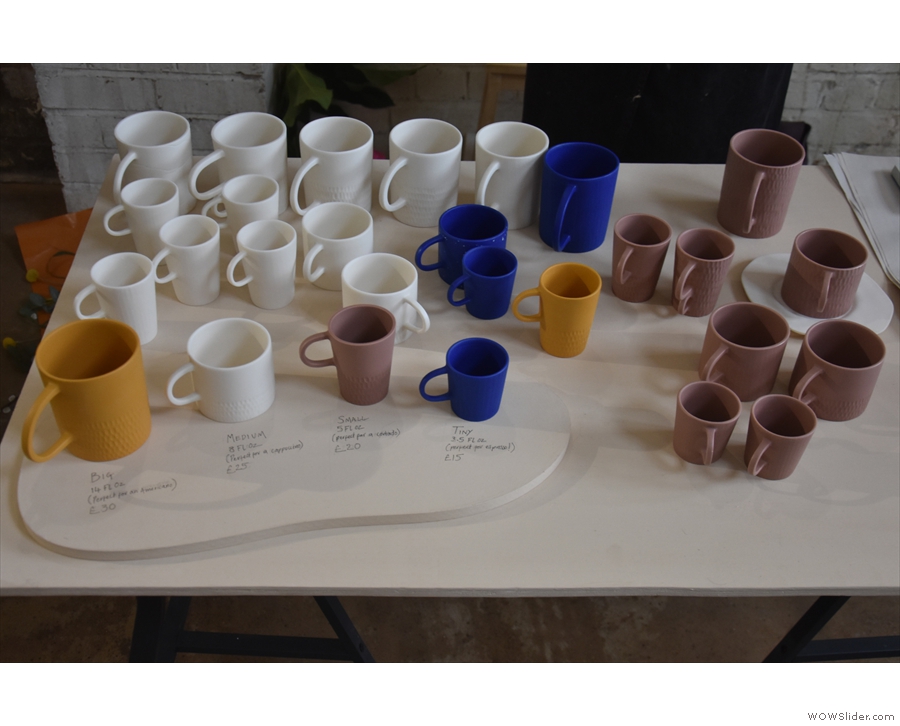
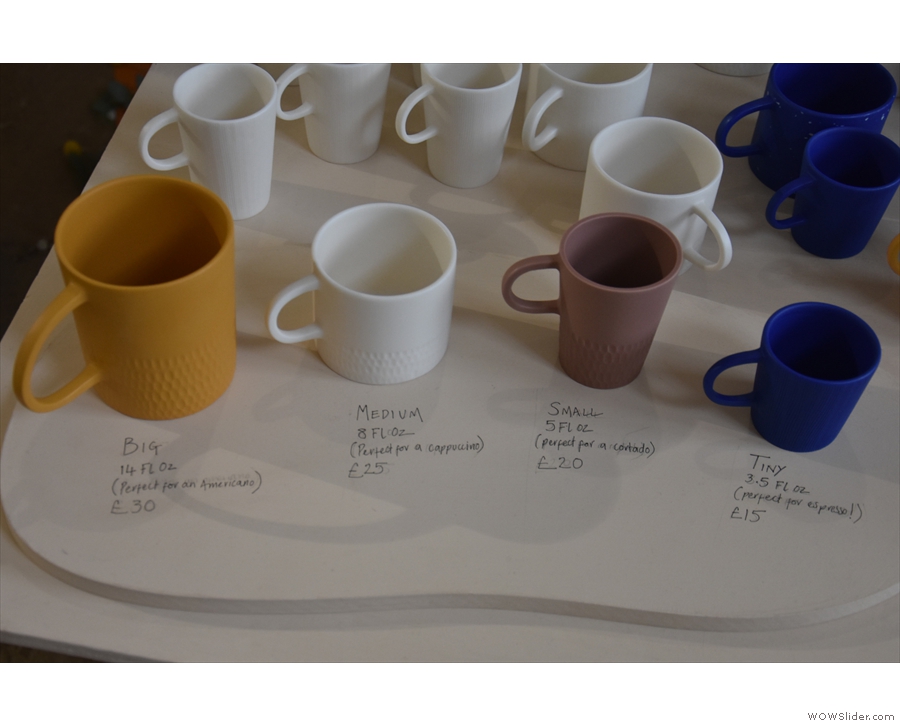
 1
1 2
2 3
3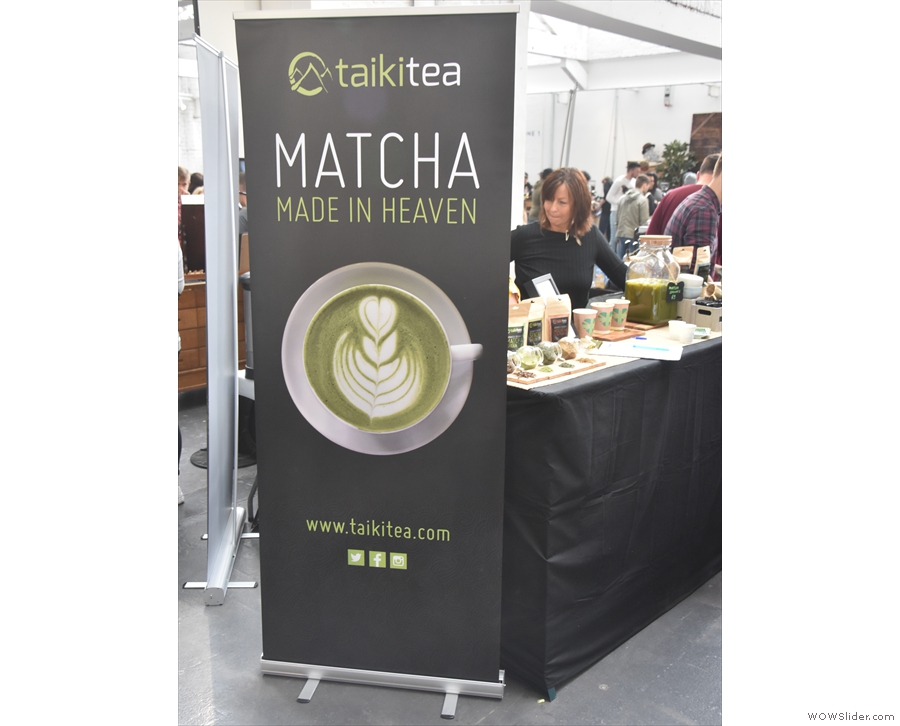
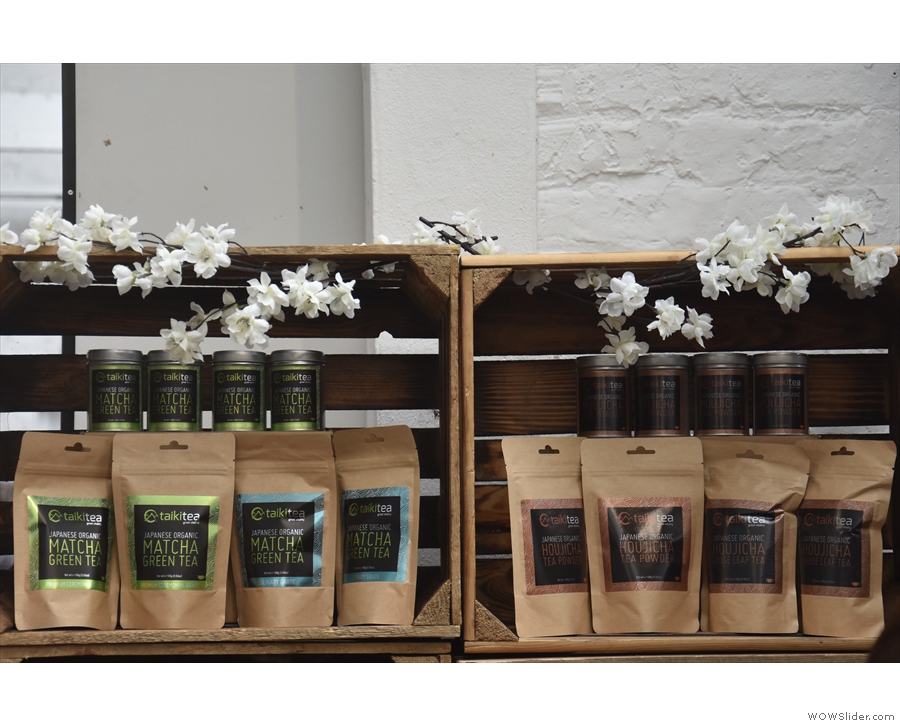
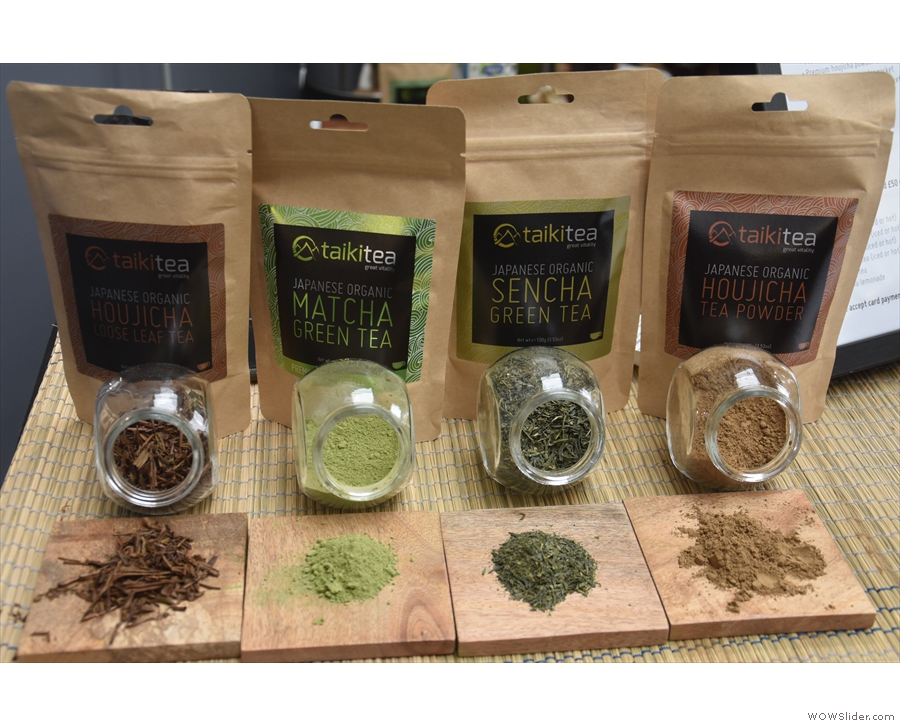
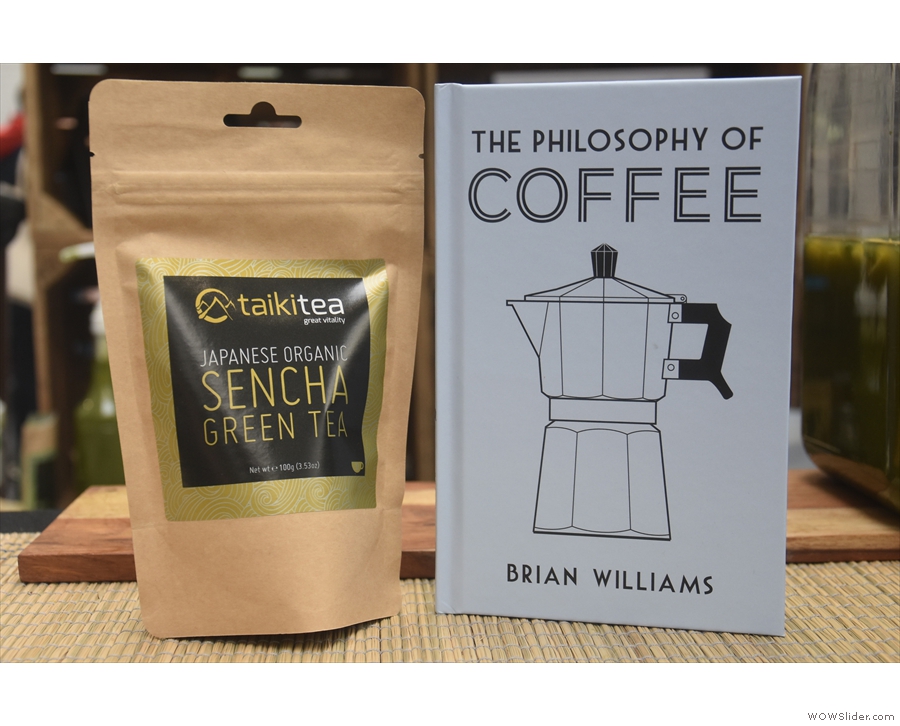
 1
1 2
2 3
3 4
4
Pingback: Birmingham Coffee Festival 2019 Round Up | Brian's Coffee Spot
Pingback: Birmingham Coffee Festival 2019: Meet the Roasters | Brian's Coffee Spot
Pingback: Birmingham Coffee Festival 2019: Food Glorious Food | Brian's Coffee Spot